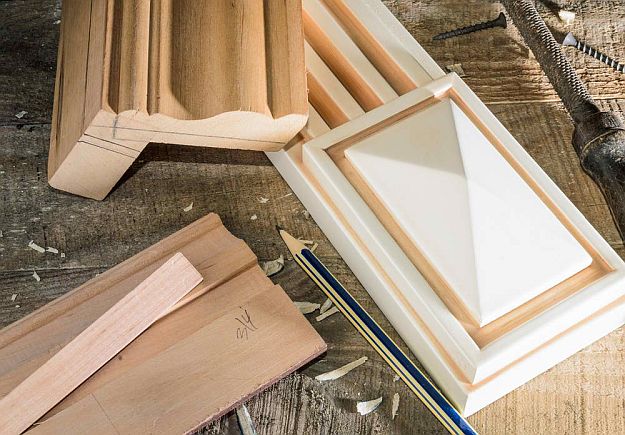Comprehensive Directions For Refurbishing Vintage Cabinets
Comprehensive Directions For Refurbishing Vintage Cabinets
Blog Article
Uploaded By-Hobbs McMahan
To begin the trip of recovering antique cabinets, you need a keen eye for information. Picture uncovering hidden keys within each layer of background ingrained in the timber. Image the fulfillment of restoring a once-forgotten piece to its former magnificence. Every action of this careful process holds the essential to preserving the past while developing a future treasure. So, are complete bathroom renovations set to embark on this transformative endeavor and unlock the capacity of your antique cabinets?
Assessing the Cupboard's Condition
When beginning the repair procedure, begin by assessing the condition of the antique closet. Carefully check out https://renovation-of-old-house32210.thelateblog.com/28324080/uncover-the-elements-that-influence-your-option-of-wood-for-customized-cupboards-and-produce-a-space-that-mirrors-your-design-with-the-perfect-choice for any type of indicators of damages such as splits, chips, or loose joints. Inspect the wood for any kind of rot, bending, or insect invasion that may have taken place in time. It's critical to figure out the extent of the remediation needed prior to continuing better.
Next, inspect the closet's hardware such as joints, knobs, and locks. Make note of any type of missing pieces or components that need repair or substitute. Make sure that all equipment is operating appropriately and firmly affixed to the cabinet.
Furthermore, assess the cupboard's surface. Try to find any scratches, spots, or discoloration that might impact the visual allure. Identify if the surface requires to be removed and reapplied or if a straightforward touch-up will certainly be enough.
Collecting the Necessary Devices and Materials
After examining the problem of the antique cabinet, the next action is to collect the needed tools and materials for the remediation procedure. Before you begin, guarantee you have the complying with things accessible:
- timber cleaner
- sandpaper in numerous grits
- wood filler
- paint or timber tarnish
- brushes
- gloves
- security goggles
- a dirt mask
- a drop cloth
- a putty knife
- a hammer
- a screwdriver
- a vacuum
These tools and materials are essential for a successful restoration.
Timber cleaner is essential for getting rid of years of dust and gunk build-up, preparing the surface area for fining sand. Sandpaper of various grits helps in smoothing out flaws and preparing the timber for a new coating. Timber filler is handy for fixing any kind of splits, holes, or dents existing in the closet.
Paint or timber stain, together with brushes, allow you to tailor the closet to your preference. Remember to use handwear covers, safety and security goggles, and a dirt mask for security. Lay down a drop cloth to shield your workplace, and use a vacuum cleaner to tidy up any kind of particles.
With these tools and materials gathered, you're ready to begin the reconstruction process.
Implementing the Remediation Refine
To effectively carry out the reconstruction process on your antique closet, begin by extensively cleaning the surface area with the timber cleaner. This action is critical as it aids eliminate years of dust, crud, and old gloss that may have accumulated externally.
Once the closet is clean and completely dry, assess the problem of the wood. Try to find any type of splits, scrapes, or various other problems that require to be attended to. Usage wood filler to repair any type of imperfections, ensuring to match the filler color to the timber tone for a seamless surface.
After the repairs have dried out, gently sand the whole surface area to develop a smooth and also base for the new coating. Beware not to sand too strongly, as you do not intend to damage the timber beneath.
When the sanding is complete, apply a wood stain or complete of your choice, complying with the supplier's guidelines. Enable the coating to dry totally before using a protective leading layer to make sure the durability of your recovered antique cupboard.
Final thought
Since you have completed the reconstruction procedure, your antique cupboard looks just as good as brand-new.
By adhering to the step-by-step guide, you had the ability to assess, fix, and boost its problem easily.
With a fresh surface and safety leading layer, your valued piece will certainly remain to shine for several years ahead.
Take pleasure in the charm of your brought back antique cabinet!
